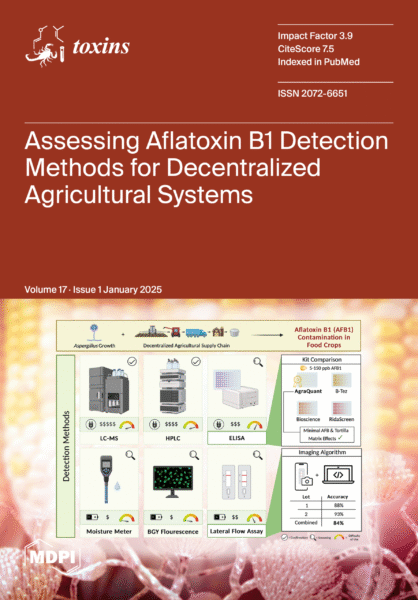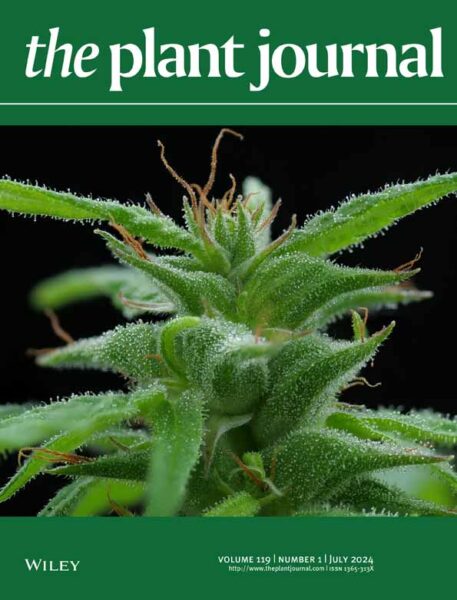Abstract
Cannabis sativa L. is cultivated for therapeutic and recreational use. Delta-9 tetrahydrocannabinol (THC) and cannabidiol (CBD) are primarily responsible for its psychoactive and medicinal effects. As the global cannabis industry continues to expand, constant review and optimization of horticultural practices are needed to ensure a reliable harvest and improved crop quality. There is currently uncertainty about the optimal harvest time of C. sativa, i.e., when cannabinoid concentrations are at their highest during inflorescence maturation. At present, growers observe the color transition of stigmas from white to amber as an indicator of harvest time. This research investigates the relationship between stigma color and cannabinoid concentration using liquid chromatography–mass spectrometry (LCMS) and digital image analysis. Additionally, early screening prediction models have also been developed for six cannabinoids using near-infrared (NIR) spectroscopy and LCMS to assist in early cannabinoid determination. Among the genotypes grown, 22 of 25 showed cannabinoid concentration peaks between the third (mostly amber) and fourth (fully amber) stages; however, some genotypes peaked within the first (no amber) and second (some amber) stages. We have determined that the current ‘rule of thumb’ of harvesting when a cannabis plant is mostly amber is still a useful approximation in most cases; however, studies on individual genotypes should be performed to determine their individual optimal harvest time based on the desired cannabinoid profile or total cannabinoid concentration.




